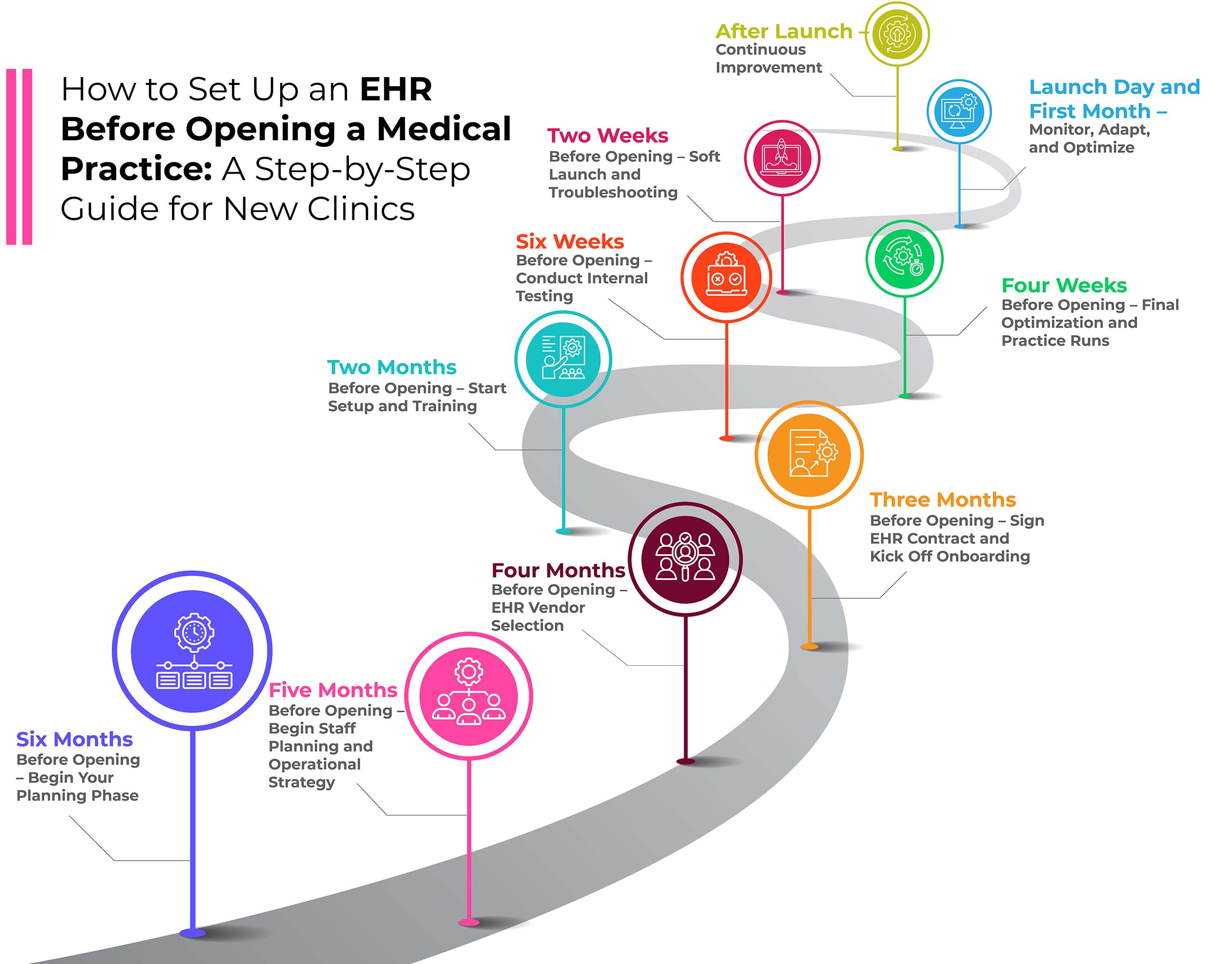You know, dealing with all this medical stuff, it’s just a nightmare sometimes. It feels like they make it complicated on purpose, I swear. I never really paid it much mind, just went to the doc when I had to, you know? But then, boy, did I get a wake-up call.
It was a few years back. My old man, he started having these weird spells. One doctor said one thing, another said something completely different. We were running around like headless chickens, from specialist to specialist. And the paperwork! Mountains of it. Half the time, one doctor wouldn’t have the notes from the last one. It was like starting from scratch every single visit. Frustrating is an understatement. We felt so helpless, just caught in this maze of appointments, tests, and confusing medical talk.

I remember one day, sitting in another waiting room, looking at this stack of referral letters and test results that looked like a foreign language. I just thought, this is nuts. There’s gotta be a better way than just hoping everyone else keeps track of this critical information. That’s when I decided I had to take charge, to sort of, well, ‘dis’ the medical chaos myself. Break it down, make it make sense for us.
My Approach to Tackling the Medical Muddle
So, here’s what I started doing. It wasn’t rocket science, just plain old common sense, really, but it made a world of difference.
First off, I decided to become the central hub for all his information. No more relying on faxes between clinics that might or might not arrive. I started by:
- Requesting copies of every single report. Lab results, doctor’s summaries, imaging reports, you name it. Yeah, sometimes it was a pain, had to fill out forms, make calls, but I was persistent.
- Getting a big, sturdy binder. Old school, I know, but it worked. And a decent hole punch.
- Dividing the binder into sections: one for each doctor, one for hospital visits, one for medications, one for test results chronologically.
Then, I moved on to active tracking. Just collecting papers wasn’t enough. I needed to understand what was going on. So, I started:
- Keeping a dedicated notebook for appointments. Before each visit, I’d jot down questions we had. During the visit, I’d take notes like crazy – what the doctor said, any new medications, any changes in treatment. It’s amazing what you forget by the time you get to the car.
- Making a simple medication list. Name of drug, dosage, when to take it, what it’s for, and who prescribed it. And I updated this thing religiously. We’d take this list to every single appointment.
- Tracking symptoms. Just a simple daily log: how he was feeling, any side effects, anything unusual. This actually helped the doctors spot patterns.
I also got a bit more organized with the digital side, but nothing fancy. I scanned important documents and saved them in clearly labeled folders on my computer. Just as a backup, you know? And for easy sharing if a doctor needed something emailed quickly. No complicated software, just basic files and folders.
It wasn’t a one-time thing. It was an ongoing process. Every new appointment, every new test, every prescription change meant updating the system. But once I got into the rhythm, it wasn’t so bad. And the peace of mind? Priceless.
Suddenly, we weren’t just passively being shuffled through the system. We could go into an appointment, binder in hand, and have an intelligent conversation. We could catch potential drug interactions because we had the full medication list. We could provide a clear history because we had the notes. It felt like we’d disarmed a bit of the medical monster, made it less intimidating.

It took time, yeah. And some effort. But honestly, compared to the stress and confusion we were dealing with before? Totally worth it. It’s my little way of making sense of the disarray in medical matters.




















